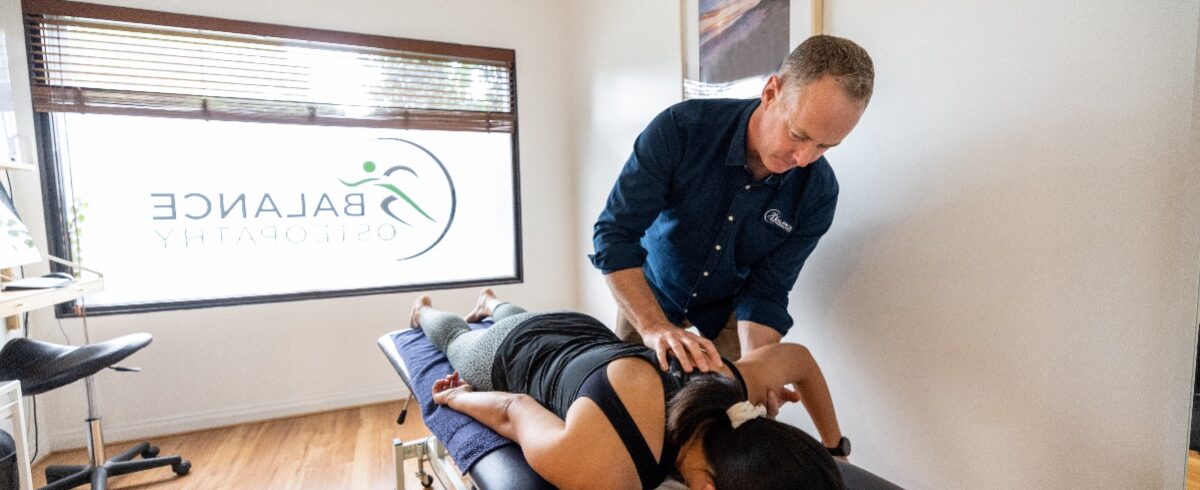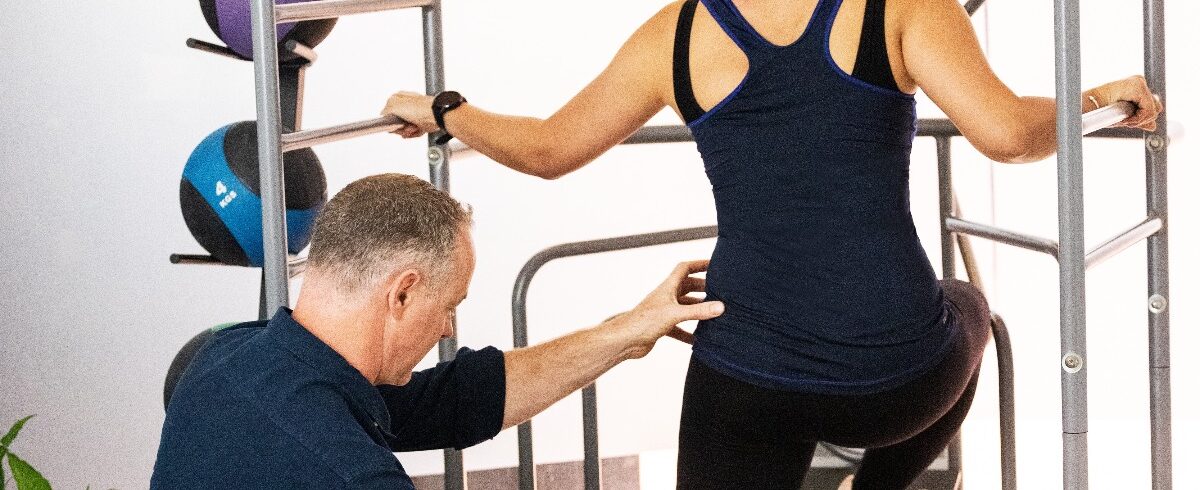Exercise: Functional vs. Specific for Firefighters
By John Hofman
What does “functional” actually mean? The word has become the new catchphrase in the fitness industry, and everyone is using it. Everywhere you look you see some fitness professionals using the term “functional” training or “functional”movement, and it is becoming too generic.
First, let’s define “functional.” Merriam-Webster’s definition of functional is,”performing or able to perform a regular function.” Now, let’s apply this to within the exercise field. We all pull, push, squat, twist, flex, and step everyday of our lives, so that means we should be using exercises that mimic these basic movements so we all become more functional. Exercises like squats, lunges, rows, and so on are functional to everyday life regardless of your age or athletic ability. So, if everyone needs to be functional, how does an athlete or tactical athlete differ from the regular population?
Easy…..specificity! Merriam-Webster’s definition of specific is “restricted by nature to a particular individual, situation, relation, or effect.” So, a squat may be functional to a regular individual, but a split squat with one kettlebell will be specific to a firefighter. Why? Because most firefighter carry things on one foot (walking, climbing, and so on….) with one side loaded (hose, saw, and so on…). The movement has now transitioned from functional to specific.
The overall goal for firefighters is to select exercises that will enhance their performance on a call. You have to look for specific exercises that will reduce the chances of injuries while at the same time improve their overall health. Performing an exercise just because someone said it is functional may not offer the added benefits of a specific exercise. Remember, exercise compliments the job; it does not replace it.
Let’s look at the concept of “training for the unknown.” By asking the following questions:
- Do athletes train for the unknown? No.
- Should we train our firefighter for the unknown? No.
What does this exactly mean? I am not sure; as a coach, I look for what I do know and try to answer what I don’t.
Let’s use a football running back as an example, and start off with what you know. His job is to carry the ball and gain ground. He will have to have explosive power to get through the hole. He will need strength to overcome a tackle, he will require speed to break away, and he will require quick reaction on a multidirectional plane to avoid contact.
Now, let’s look at what you do not know. You do not know which play the defense will call, and how the defensive lineman or linebackers will react.
So what is the best method to train the running back? The obvious answer is, “train them for what you do know,” which will help with performance and reduction of injury. Realistically, this will help him with the unknown because he will be able to react quicker, move better, and become more powerful no matter which defensive scheme is called or how the linebacker moves.
The same can be said for a firefighter. We know how they move, which is what you should focus on. Whether a firefighter is pulling hose, throwing ladders, or cutting roof, he moves in certain ways and requires certain physical abilities, just like the running back. Most firefighter skills require standing on one leg (walking or running), crawling (advancing hose), maintaining a split stance (venting), and carrying things on one side all while under load. Yet, when people want to develop workouts, they will include more exercises that are functional in life, yet not specific to firefighting.
For example: Wall ball squats are very common and are often times difficult if performed with high volume. Yet, when I look at the movement of a firefighter, I cannot find anything that matches that to a wall ball squat. In fact, most firefighters are unable to squat properly because of the upper/lower crossed syndrome that occurs from 20 years on the job (that’s one reason his back hurts).
Another example is the box jump. Box jumps are very difficult and should be performed with a low volume. This is a large part because it actually stressed the nervous system which will fatigue after five to six reps. Even worse, most firefighters are generally older and have not performed many plyometric exercises, so their tendons and ligaments are not ready for this type of training (that’s why your joints hurt when do a lot of box jumps: tendonitis). For arguments sake, let’s say you like them; that’s fine, but is it specific to a firefighter? NO.
Ask any firefighter how he gets hurt coming off the engine or the truck. Is it jumping on or off that hurts him? Yes. Jumping off means a firefighter must learn how to jump off boxes; not jump on them. He needs to learn how to absorb force; not worry about going up. In fact, jumping off of anything higher than 60 cm (roughly 24 inches) will increase the chances of injury and is considered dangerous for leg joints.
Training for the unknown is actually just a great marketing tool in relation to exercise. What will really save your life is training on the fireground. Remember, the goal is to have exercise compliment the job; not replace it. Select exercises that are specific to the job, not just functional.
| Do less of…. | Do more of… |
| Crunches, Back Extension | Side Planks, Bottoms up Suit Case Carry’s, Farmer walk carry’s |
| Squats (overhead, back, wall ball, thrusters) | Lateral Step ups, Crossover Step Ups, Goblet Squats, Single Leg Squats |
| Pull Ups (kipping or strict) | TRX Low Rows |
| Handstand | Split kneeling overhead press |
| Barbell Olympic Snatch | KB Swing, DB or KB Single Arm Snatch |
| Box Jumps | Teach for absorption (jump off box), jump rope |
 John Hofman is the strength and conditioning coach for the Sacramento (CA) Fire Department, He oversees the Wellness Center; coordinates the department’s medical and fitness assessments; develops recruit fitness training, pre-employment medical and fitness evaluations; and assists the department’s 20 certified Peer Fitness Trainers. In addition, he is the strength and conditioning coach for the California Regional Fire Academy, Sierra Fire Technology Program, Rocklin Fire Department, and South Placer Fire District. He also consults with the Fire Agency Self-Insurance System of California. Visit John’s Web site at www.firefighterfitnessonline.com.
John Hofman is the strength and conditioning coach for the Sacramento (CA) Fire Department, He oversees the Wellness Center; coordinates the department’s medical and fitness assessments; develops recruit fitness training, pre-employment medical and fitness evaluations; and assists the department’s 20 certified Peer Fitness Trainers. In addition, he is the strength and conditioning coach for the California Regional Fire Academy, Sierra Fire Technology Program, Rocklin Fire Department, and South Placer Fire District. He also consults with the Fire Agency Self-Insurance System of California. Visit John’s Web site at www.firefighterfitnessonline.com.
In an effort to help keep firefighters safe Strength & Conditioning Coach John Hofman authored Beyond the Turnouts: A Comprehensive Guide to Firefighter Health & Wellness — where he combined the latest research and his years of experience developing firefighter health and wellness programs within the fire service. CLICK HERE for more info about the book.




